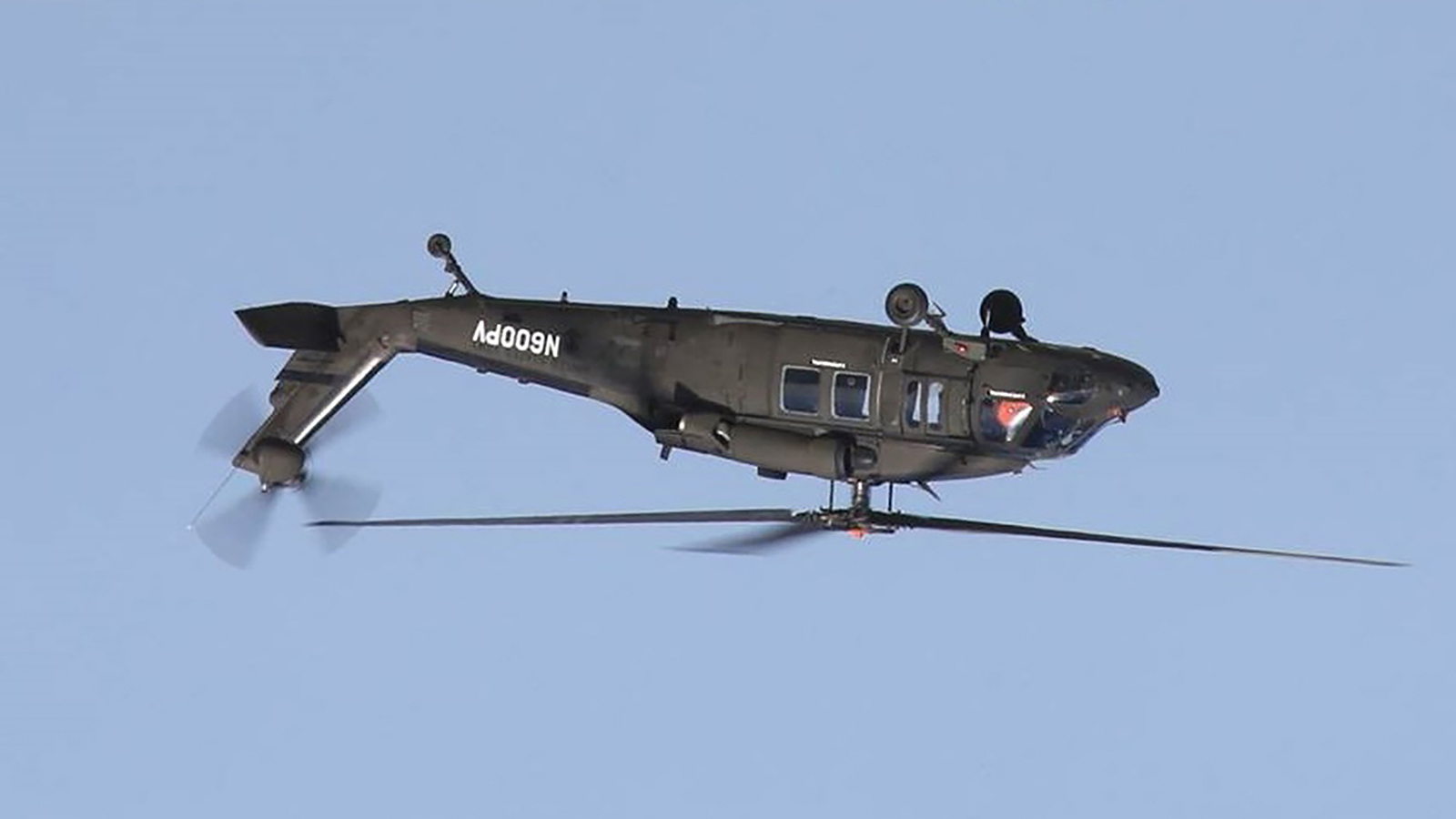Stay Up to Date
Submit your email address to receive the latest industry and Aerospace America news.
Q: You’re editing a screenplay, and your job is to make sure the film isn’t bashed by technical experts. Would you make any changes to the following and why? “The rescue helicopter suddenly lurches to an inverted position, causing the U.S. president and assembled brass in the Situation Room to gasp in fear that it might not reach the stranded SEAL team, but luckily, it is a coaxial design that easily keeps flying upside down while the code gurus in mission control iron out the autonomous control snafu. Everyone sighs in relief a few minutes later when the aircraft is righted.”
Draft a response of no more than 250 words and email it by 5 p.m. Eastern Feb. 15 to [email protected] for a chance to have it published in the March issue.
TAKING OFF ON A TREADMILL:
We asked you if a flying car could take off on a treadmill.
WINNER: The answer is “Yes” if the treadmill is long enough. The airplane’s wings only care about airspeed relative to the wings. The airplane will move down the treadmill until its airspeed is high enough to achieve lift greater than or equal to its weight and then it takes off. Because it is a windless day, the airplane’s speed relative to the ground under the treadmill’s base will determine the airspeed. The wheels will be turning at a much greater rate than they would on a stationary runway because the treadmill belt is going the other way, but the required airspeed will be reached. The driver should be wondering not whether the propellers have the “extra speed required” but instead, whether the propellers are generating the amount of thrust required to overcome air resistance and rolling resistance. It is true that the rolling resistance will be marginally higher given the higher rotational rate of the wheels, but this is a negligible increase over the air resistance plus the rolling resistance normally encountered on a stationary runway. The underlying assumption is that this particular flying car could successfully take off from a stationary runway with some margin of excess thrust.
Douglas Dobbin, AIAA senior member
El Paso, Texas
Dobbin performs trajectory and risk analyses at White Sands Missile Range, New Mexico, and is a graduate student studying fixed-wing airplane design in the Aerospace Systems Design Laboratory at Georgia Tech.
Stay Up to Date
Submit your email address to receive the latest industry and Aerospace America news.




